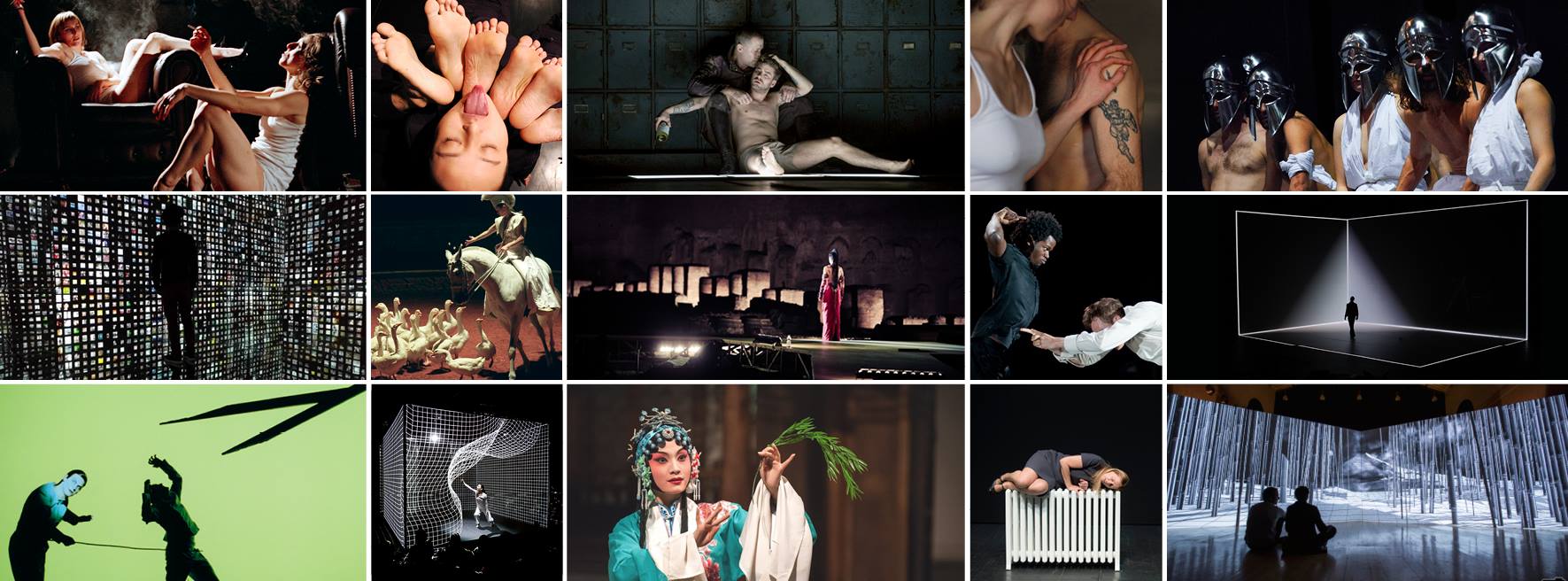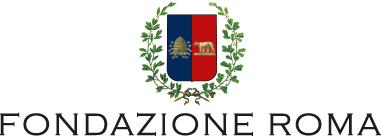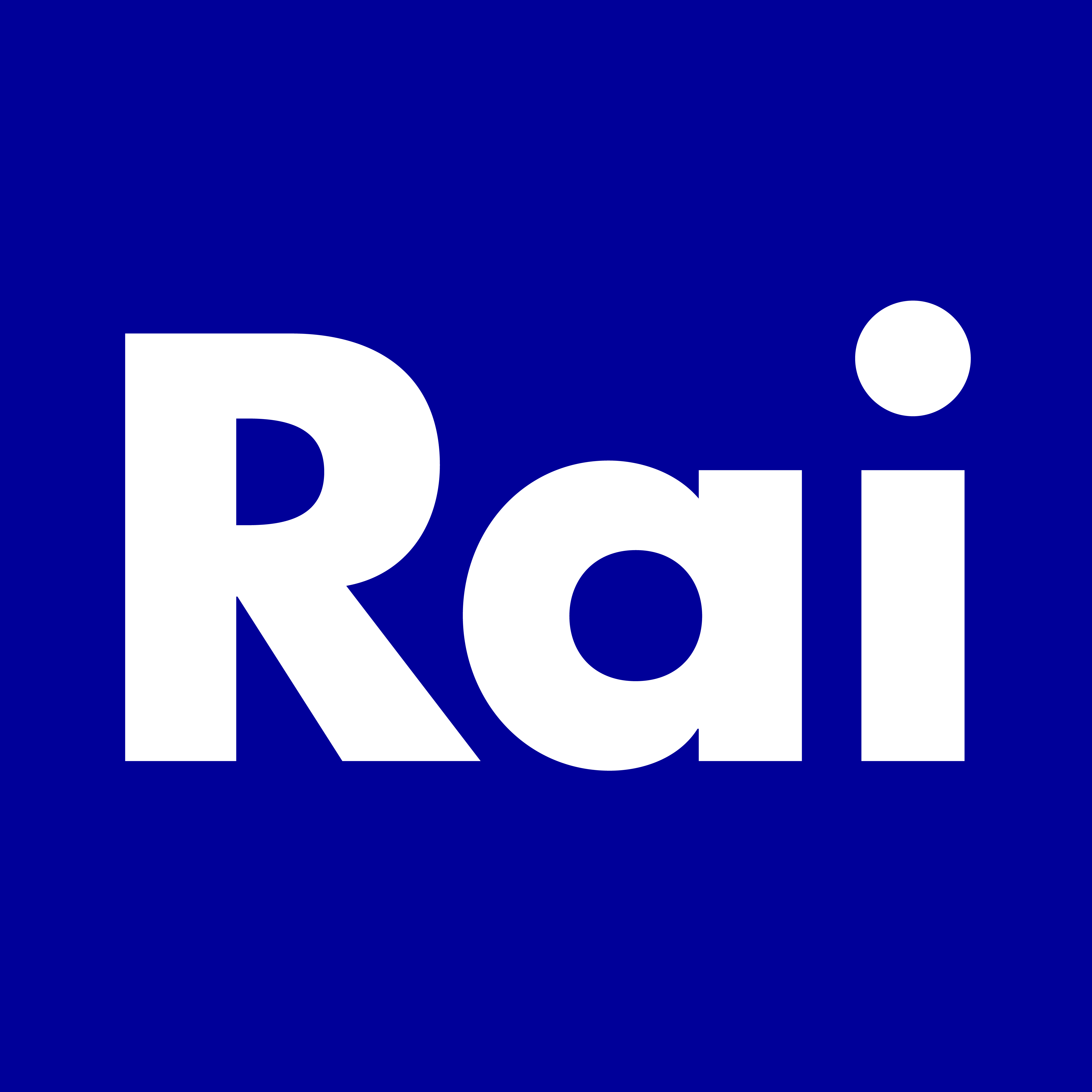
INTRODUCTION
Fondazione Romaeuropa is one of the most prestigious cultural institutions in Italy and in Europe; it is actively involved in promoting and disseminating art, theatre, dance and music.
Born in 1986 as a Franco-Italian initiative as the Associazione degli Amici di Villa Medici (Friends of Villa Medici), today the Foundation represents a veritable crossroads of international cultural exchange. The current Foundation was incorporated on the 7th February 1990 and received official recognition on the 30th April 1992 by the former Ministry of Tourism and the Entertainment Sector and today, operates under the tutelage of the Italian Ministry of Heritage and Cultural Activities. The Foundation’s main annual event, the Romaeuropa Festival, has the support and patronage of the following institutions: the President of the Italian Republic, the Italian Council of Ministers, the Ministries of Foreign Affairs, and Heritage and Cultural Affairs as well as many other European cultural ministries, the Rome Municipal and Provincial Authorities, Lazio Regional Authority, Rome Chamber of Commerce, and the Fondazione Roma-Mediterraneo. The Foundation has been nominated by the Italian Ministry of Foreign Affairs in numerous bilateral cultural agreements between Italy and other countries. A dynamic centre of cultural production, the Foundation operates on the premise of sharing and disseminating culture through international and local networks with partners ranging from cultural institutions, embassies and cultural centres such as the Réseau Varèse, also engaged in the production and dissemination of contemporary artistic creativity. The Foundation also participates in many international networks such as the EU financed Theatron network. Its mission is to intercept the dynamism of the contemporary creative sector and to transform this into Art, Culture, and innovative artistic experiences which address the future and to broaden the horizons of artistic inquiry and research. Romaeuropa, however, also represents a new model for cultural development and management; a forum for global cultural exchange which recognises the importance of diversity. It considers itself a living and pulsating organism which follows the multitudinous and non-linear trajectories of modernity, pausing only when something new is encountered in the field of dance, music, theatre, the visual arts, new digital media, and the world of innovative communication. In line with its mission, over the past few years Romaeuropa has brought a wide and diverse public closer to contemporary artistic creativity and has promoted both celebrated names and new, emerging talents in the performing arts sector. Since January 2008, Fondazione Romaeuropa has operated from the Opificio Romaeuropa—a contemporary creative factory—in the Ostiense Gasometro neighbourhood of Rome. The Foundation’s main activities are the Romaeuropa Festival, Digital Life, Promozione Danza and many other initiatives conducted from the Opificio Romaeuropa. It also managed the artistic programme of the Palladium theatre for a period of 10 years until February 2014.
Fondazione Romaeuropa has always considered its partnerships and collaboration with the private sector as one of its most important assets. Between 2008 and March 2014, Fondazione Romaeuropa collaborated with Telecom Italia—leader in the telecommunications sector—building on their common interest to widen the horizons of technological and artistic innovation.
In 2009 the Foundation received a Special Award from Federculture (Italian Federation of Cultural Associations) for public-private cooperation and for the creation of new financing models based on private-public partnerships involving also the non-profit sector.
ROMAEUROPA FESTIVAL
Since its first edition in 1986, the success of the Romaeuropa Festival has grown constantly and is now recognised as the most important Italian cultural festival; indeed, in 2006 it was nominated by the Wall Street Journal as one of the top four European cultural festivals. Both cult and trendy at the same time, the Romaeuropa Festival has given the Rome public over three decades of exemplary contemporary creativity, building up a faithful audience which continues to grow year after year. Its spectators are as varied as the cultural content of the Festival itself which aims to bridge the gap between “niche” and “mass” public by adopting a strategy based on the sharing and interlacing of diverse cultures and expressive codes.Ever year Europe, Asia, America, Oceania, and Africa meet in Rome in a spectacular programme of dance, theatre, music, cinema, meetings with artists, visual arts and leading-edge technological creativity. The sounds and artistic expression of five continents are the ingredients of an intense, aesthetic experience delivered in various venues for a period of over two months.
DIGITALIFE
Started in 2010, in the past few years the exhibition-research project Digital Life has become the true technological heart of the Romaeuropa Festival. The variety of creative, digital languages, its close links with advanced technologies, and its role of bridging the gap between technology and art are key elements in this open and visionary project in which the frontiers of the visual, digital, performing arts, and photography merge into a fourth, more creative dimension. Digital Life tells us about a future that is already present in our lives today. The extraordinary potentialities of these technologies have been applied to the world of art, revolutionising the creative process and the viewer’s experience by favouring a multisensory approach; a holistic experience which lessens the distance between the viewer and the art-work, thus reaching a much wider audience.
In addition to the exhibition, each year, Digital Life also includes a series of collateral events and talks which are held in the Opificio Romaeuropa with media gurus and key players in technological innovation as well as evenings dedicated to contemporary digital music. Through Digital Life, Fondazione Romaeuropa continues its research activities into the digital culture started a decade ago with projects such as Sonarsound Roma, the Festa Elettronica, Sensi Sotto Sopra, Romaeuropa Webfactory and Capitale Digitale.
PALLADIUM
Over the past 10 years, this theatre has become known as a venue dedicated mainly to independent creativity. From 2003, when Rome 3 University decided to entrust Fondazione Romaeuropa with the management of its theatre, the Palladium has become a prime location with a rich cultural programme encompassing various expressive arts and aesthetics: from dance to social theatre, from scientific expression through performance and literary readings to avant-guard theatrical experimentation, art cinema, and short films. A mélange of expressive languages have contributed to create an active cultural laboratory and open workshop with the mission of putting into practice an alternative management model applied to cultural production based on the sharing of experiences. A venue with a strong identity and a reference for the local and national cultural scenarios, from its very beginning it has hosted a series of world-renowned celebrities from the international performance and cultural sectors. Its programme embracing varied theatrical expressions is aimed at an impassioned audience; it hosts workshops and seminars for students and is the ideal location to bring a varied audience into contact with the finest of national and international artistic creativity. The Romaeuropa experience at the Palladium ended in February 2014, just a few months after celebrating its tenth year of activity.
OPIFICIO ROMAEUROPA
Designed on an open-plan format with full WiFi coverage, the Opificio Romaeuropa is a polyvalent structure; it is a meeting place for new digital cultures and home to various forms of artistic creativity and audiovisual communication, from contemporary art to the most recent performing and digital art productions. With a modular structure, it is the ideal location to host performances, screenings, meetings and conferences. The Fondazione Romaeuropa offices represent an innovative architectural renovation project, satisfying both the need for a prestigious location and contributing added socio-economic value to the structure. A space where various expressions of “corporate culture” can aggregate by integrating cultural and territorial marketing with technological innovation and creativity, thus giving new meaning to the term “shared productivity”. A creative laboratory where productive processes are elaborated in-house with the aim of creating innovative products in collaboration with other European partners. Even the name Opificio Romaeuropa evokes craftsmanship, artistic inventiveness and the bringing together of know-how and different experiences, thus giving continuity with its multifaceted identity. Situated in the heart of the Ostiense neighbourhood in Rome—transformed recently from its industrial and artisan heritage to become a fertile art and culture pole—the Opificio Romaeuropa is now a cultural driver for the dissemination of art and a benchmark for cultural production in the area. Indeed, it is a fine example of the re-qualification of a disused industrial archaeological site. Through its intense cultural activity, it will continue to consolidate its role in the years to come.















